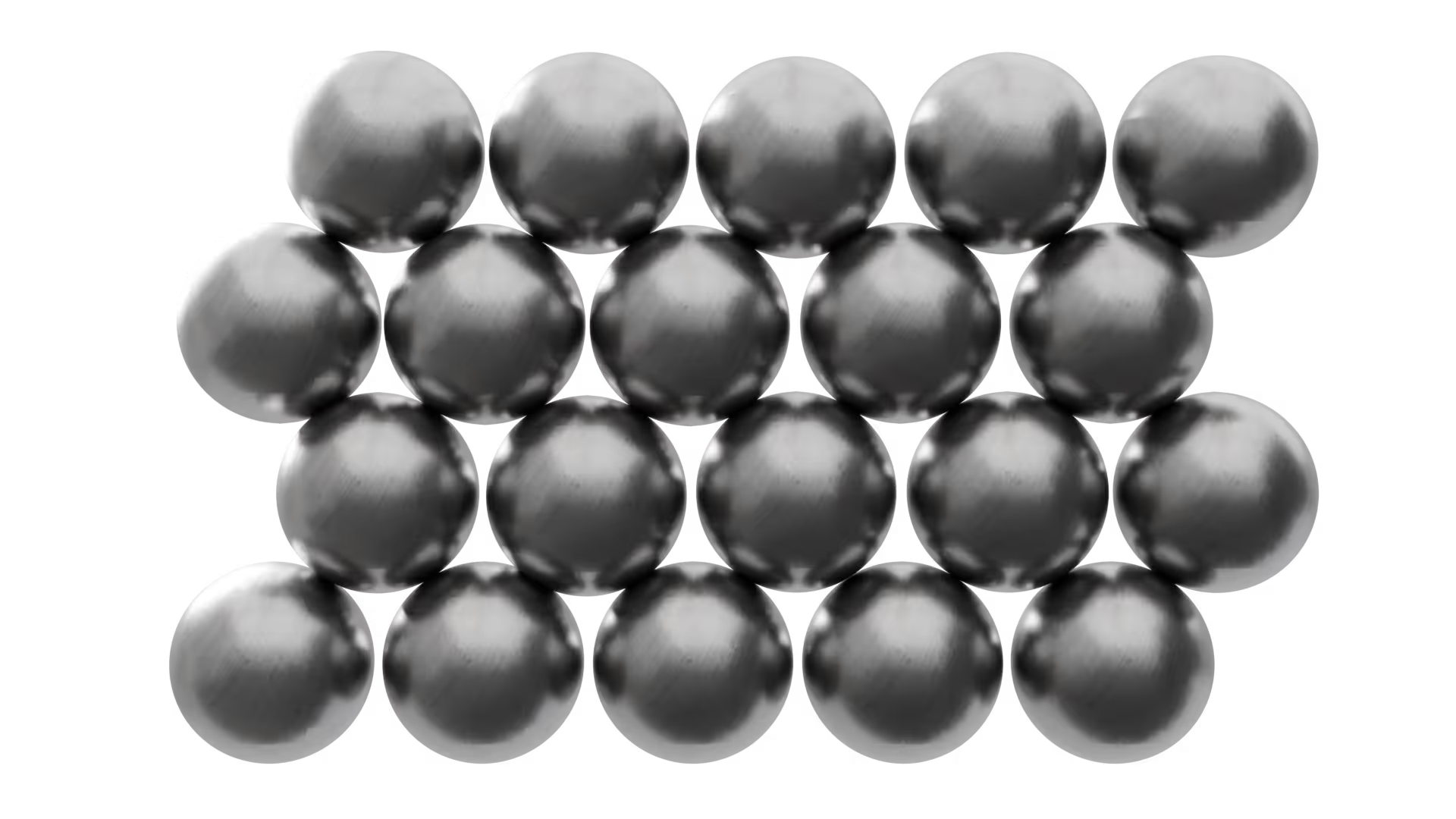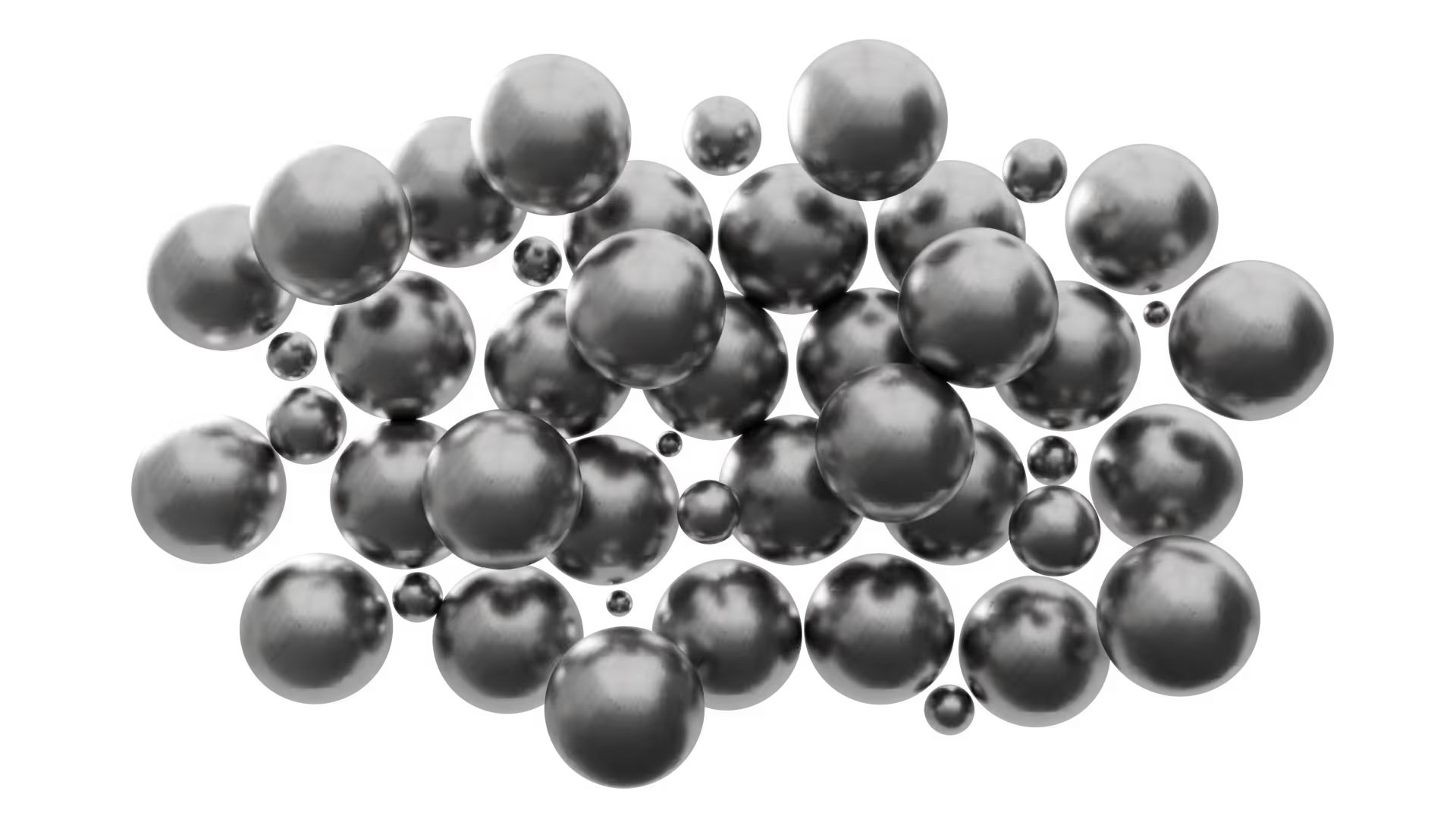Every day we interact with dozens of metals, shaping the world we live in – from building infrastructure to the cars we drive. At a microscopic level, all these metals have a crystalline atomic structure. This results in the behaviors we are all familiar with, such as denting or bending. Here you will learn how amorphous metals are different than all these other metals.

Traditional metals cool and solidify into a crystalline structure. The atoms arrange in repeating patterns, creating grain boundaries where crystals meet. These boundaries can weaken the material, making it prone to corrosion, wear, and structural failure under stress.

Amorphous metals solidify without forming crystals. Their atomic structure is random, like glass, with no grain boundaries to act as weak points. The result is exceptional strength, hardness, and resistance to wear and corrosion—delivered straight out of the mold.
When benchmarked against titanium and leading alloys, Liquidmetal demonstrates superior strength, hardness, elasticity and Flexural Strength to weight—all measurable advantages, directly out of the mold.
_LMG%20-%20Red.avif)
_LMG%20-%20Red.avif)
_LMG%20-%20Red.avif)
_LMG%20-%20Red.avif)